Birds are wonderful animals to know and understand. See Animal Wonders' bird residents below and learn a little more about these beautiful animals. Click on their pictures to see their biography.
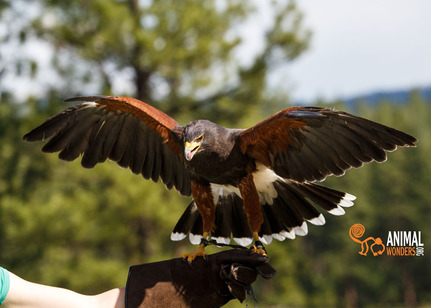
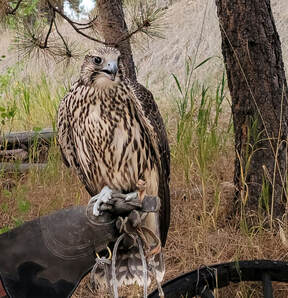
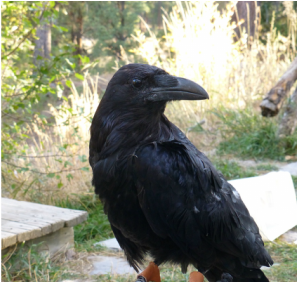
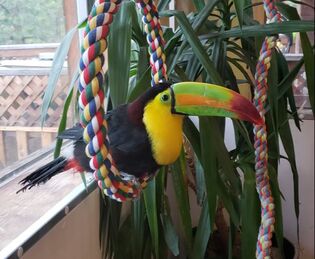
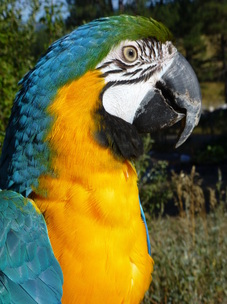
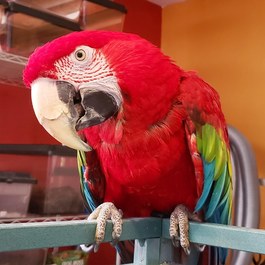
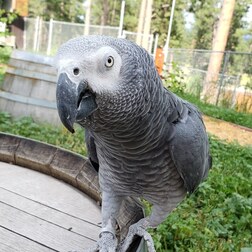
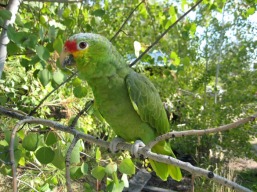
Red Lored Amazon parrot (Amazona autumnalis). These birds are found in the wild in South America. They live in large groups called flocks. In the wild they eat fruit, vegetables, flowers, seeds and leaves from the trees they love to play in.
Parrots are birds that are known for their ability to "talk" like humans. Many people have a parrots as pets because of their intelligence and beauty. These birds can live 60-80 years old! Sometimes a pet parrot has to be put in the owner's will because they outlive their human!
Parrots have really neat feet. Instead of 5 fingers and toes like us. They have 4 toes, 2 in the front and 2 in the back. This helps them hold onto branches. Their toes are so strong that they can hang upside down by one toe!
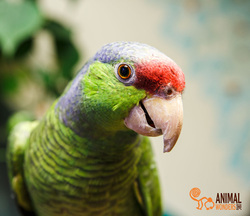
Lilac Crowned Amazon parrot (Amazona finschi). These birds live in South America in humid rainforests. They live in large flocks and eat fruits, flowers, seeds, etc. Parrots can live 60-80 years old! Most parrots have the ability to talk. Some never say a single human word and others say over 100 words!
Like other amazon parrots Lilac crowned Amazons can mimic but are not as outgoing as other species. They are shy but can learn to be confident with a supportive family and lots of practice.
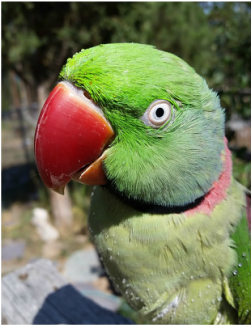
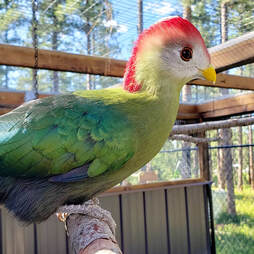
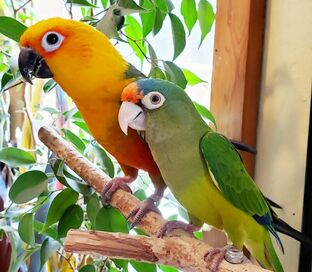
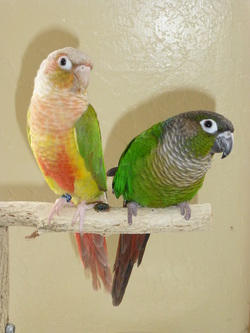
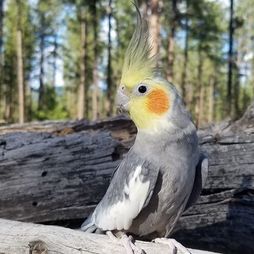
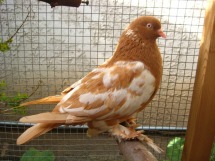
Fancy pigeon (Columba livia). Fancy pigeons are just fancy looking pigeons. They were bred by pigeon breeders to look different just like dogs are bred to look different. There are over 100 different breeds of pigeons and they all came from the rock pigeon from Europe. Some fancy pigeons are bred to have extra feathers on their feet, or tails that look like fans, or have a talent for finding their way home like homing pigeons.
Pigeons eat just about anything they can find but if you keep them as pets they need to have a special pigeon food. People sometimes call them rats with wings because there are so many in cities. These city pigeons are mutts, mixed breeds that flourish around large populations of humans.
Pigeons are monogamous, keeping their mate for life. The parents make a team effort in raising their young. Usually the father takes the night shift sitting on the eggs and the mother takes over for the day.
